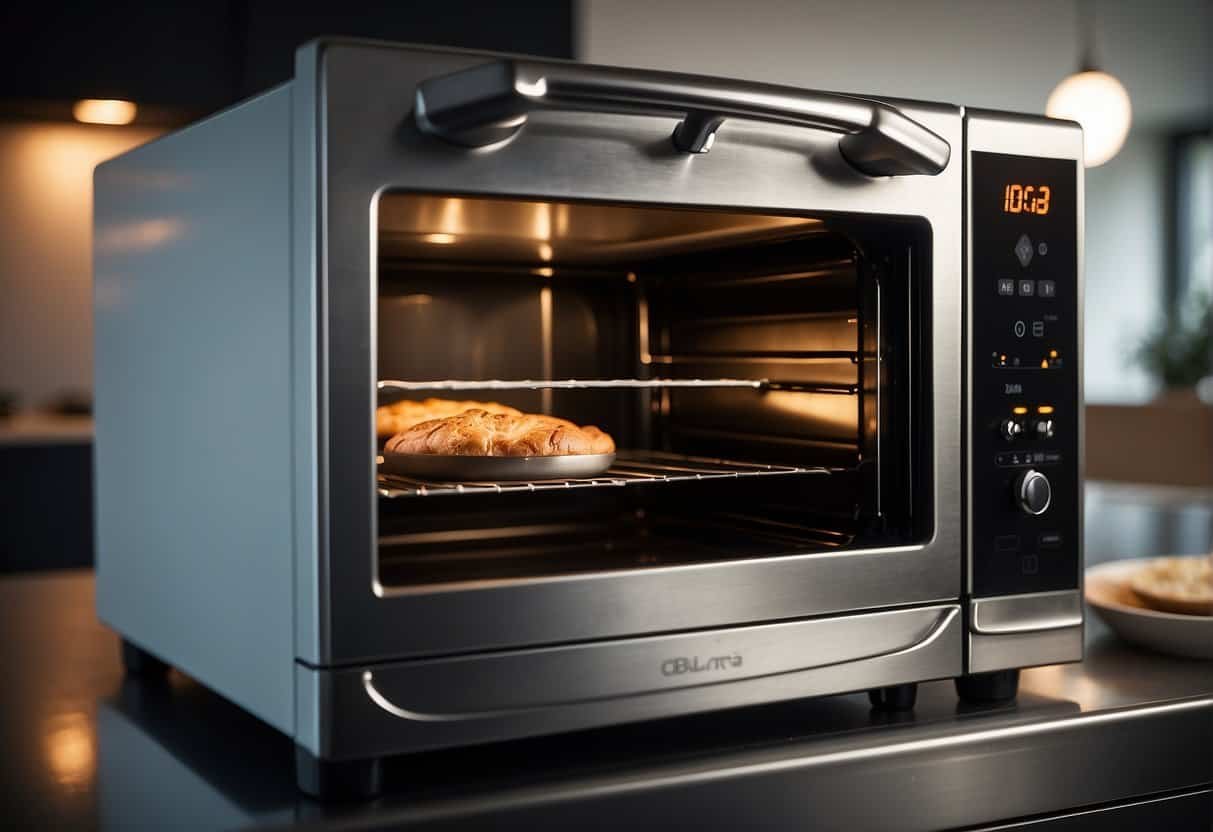Any DIY enthusiast knows that JB Weld is an integral part of your toolkit. It can help cover and repair a variety of surfaces. But can you sand JB Weld, and is there a right way to do it properly?
You can sand most types of JB Weld, including JB Weld Epoxy, JB Weld Steel Stick, JB Water Weld, and JB Weld Marine. You must allow the weld time to cure before attempting to sand it.
This article explores everything you want to know about sanding down JB Weld.
It considers the different types of JB Weld you may be working with and provides detailed instructions on applying, curing, and sanding down the JB Weld you prefer.

Can You Sand JB Weld?
JB Weld is a strong epoxy used to repair and build up surfaces. There are several different types of JB Weld used for various applications, including:
- Weld Epoxy / Plastic Bonder
- Steel Stick
- Water Weld
- Weld Marine
All these types of JB Weld can be sanded.
There are several reasons you may want to sand down JB Weld:
- To remove the substance. JB Weld is a powerful adhesive and is hard to remove once cured. Sanding it down with solid sandpaper can remove the epoxy altogether.
- To smoothen the surface. In most cases, applying JB Weld makes the surface look uneven. You can sand it down to achieve a smoother surface.
- To prepare a surface for painting. Sanding smooths out the surface and makes it easier for the paint to adhere.
How to Sand JB Weld
To sand down JB Weld, you should first wait for the adhesive to cure completely. You can then sand down the surface with a small piece of sandpaper to achieve the look/feel you want.
There are several different types of sandpaper you can use (source: Wright State University):
- 40-80 grit sandpaper. This is rough sandpaper that is best used for removing excess or misapplied JB Weld. Be careful not to remove too much.
- 100-150 grit sandpaper. This sandpaper is ideal for smoothing down the surface – use it when preparing the surface for painting or varnishing.
- 320-400 grit sandpaper. This is best used to gently sand down or even polish the JB Weld.
You can sand down JB Weld by hand using sandpaper. Or you can opt for a professional sanding machine to make things easier, if you’re working with larger areas.
The following section explores whether you can sand down the most popular types of JB Weld. It also includes step-by-step instructions on how to sand down a surface that has been coated with JB weld.
JB Weld Epoxy / Plastic Bonder (Amazon.com)
JB Weld Epoxy is much easier to work with than the quick-setting PlasticWeld. It’s perfect for repairing or reinforcing any piece of plastic. It can be sanded, drilled, carved, and painted when fully cured.
JB Plastic Bonder takes 15 minutes to set and 30 hours to cure. However, you can sand it in just 30 minutes if you’re in a rush.
JB Plastic Bonder comes in several colors, so you may not even have to paint it. If you want an all-purpose epoxy, get the clear one. You can always paint it if you don’t like the way it ends up looking!
Here’s how to use JB Weld Plastic Bonder:
- Squeeze out a bit of the epoxy into the mixing tray and mix well.
- Use the included stick to apply the epoxy.
- Wait at least 30 minutes.
- Use a piece of fine-grit sandpaper to smooth out the surface.
JB Weld Steel Stick (Amazon.com)
The JB Weld SteelStik is used to repair objects and surfaces made of metal. It’s typically used to repair car parts, concrete, and metal equipment. It can be sanded, filed, drilled, tapped, and painted when fully cured.
The JB Weld SteelStik only takes an hour to cure. Once cured, it becomes dark grey. After you notice the Steelstik become dark grey, you can sand it down.
Here’s how to prepare and apply the JB Weld Steel Stick:
- Remove the putty from its tube.
- Knead the putty until soft, pliable, and a uniform color.
- Press the putty onto the surface you need to repair.
- Allow it an hour to cure, then sand it down.
JB Water Weld (Amazon.com)
JB WaterWeld is a putty typically used to seal leaks and cracks in plumbing systems, boats, and water tanks.
It is resistant to most fluids and liquids, including water, oil, and harsh chemicals. JB WaterWeld can be sanded once completely cured (source: JB Weld).
Once applied to a surface, it takes 25 minutes to set and an hour to cure.
To apply the JB WaterWeld, follow these steps:
- Cut off the amount of putty you need.
- Use your fingers to knead the putty. This’ll help activate the putty and ensure it’s a uniform color.
- Firmly press the putty down on the area you want to seal. The putty can be applied to both wet and dry surfaces.
- Wait for an hour until the putty is completely cured.
- You can then sand down the putty to smoothen it or prepare it for painting.
JB Weld Marine (Amazon.com)
The JB MarineWeld is an adhesive formulated for surfaces that frequently get wet or fully submerged. It’s commonly used to repair boats and swimming pools. It can be sanded once cured.
JB Marine Weld takes a significant amount of time to cure; it sets in 4-6 hours and takes up to 24 hours to completely cure. You can only sand it after this time, so make sure you time this.
After applying it, please wait for it to cure completely before sanding. You can tell that it’s fully cured if it feels hard to touch and has a dark gray color.
Here’s how to apply JB MarineWeld:
- Clean the surface you are applying the weld to. It helps if you roughen up the surface with sandpaper to make the MarineWeld adhere better.
- Mix the resin with the hardener.
- Apply the weld to the surface.
- Wait for the epoxy to cure. JB Weld recommends allowing at least 4 hours before handling the object and 15 hours before sanding.
Conclusion
You can sand down most types of JB Weld. The ability to sand down JB Weld will help you with your maintenance and repair projects and make sure you achieve a professional finish.














